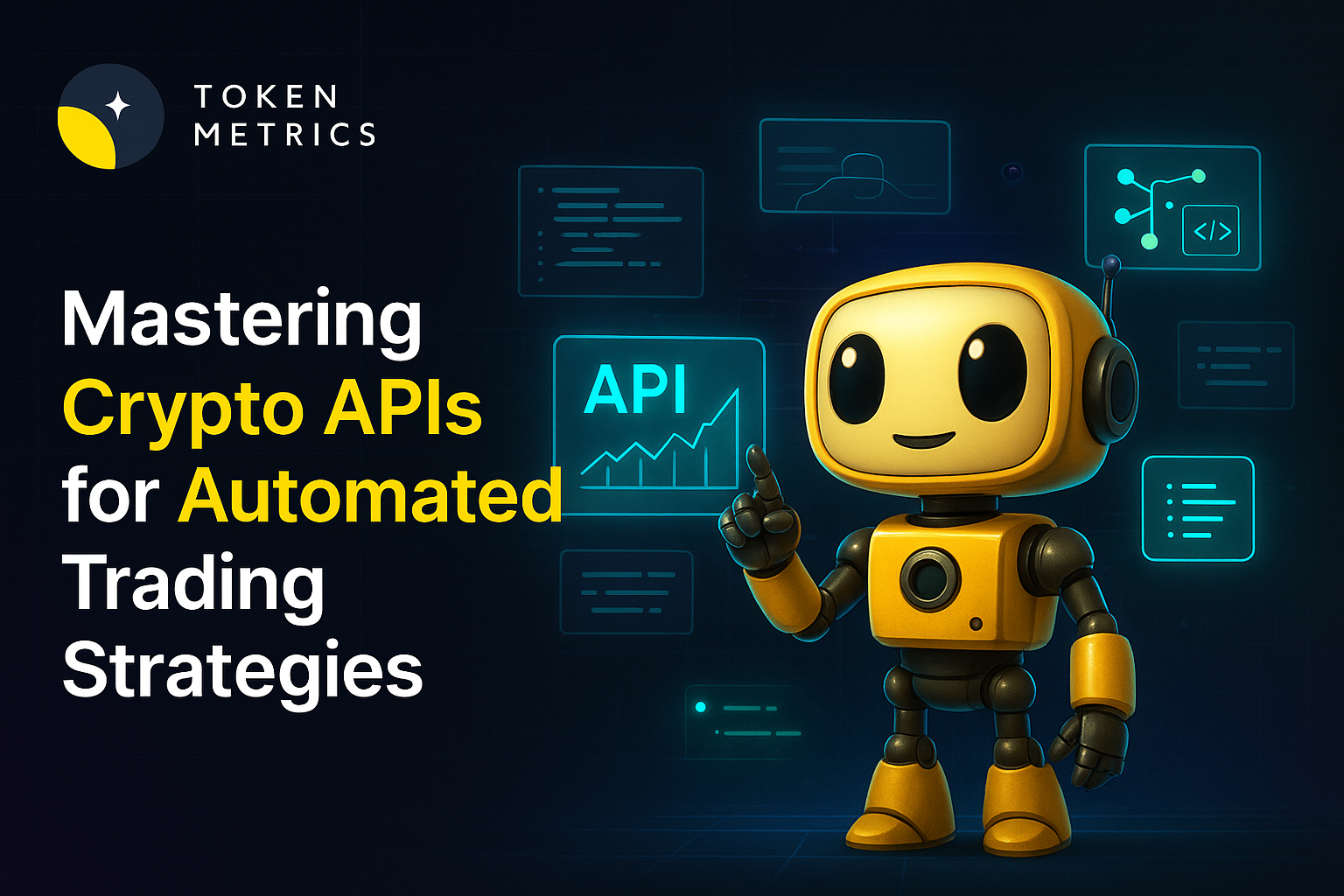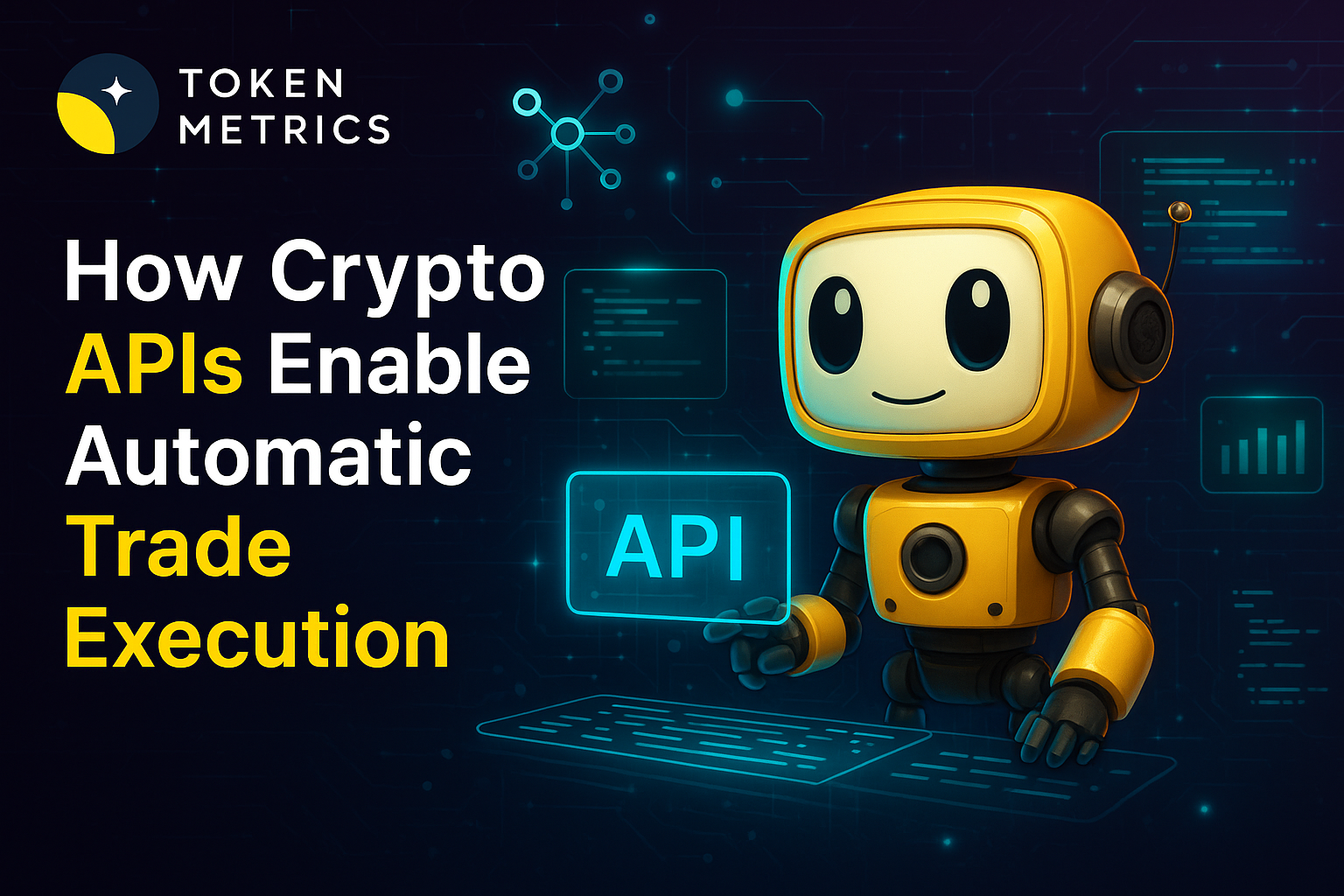Understanding Cryptocurrency Trading Pairs: A Comprehensive Overview

Introduction to Crypto Trading
Cryptocurrency trading involves the exchange of one digital asset for another on a trading platform, a process made possible through the use of cryptocurrency trading pairs. These trading pairs are essential components of the cryptocurrency market, serving as the foundation for all trading activities. They allow traders to evaluate market trends and make informed decisions by comparing the relative value of the base currency against the quote currency. Understanding how crypto trading pairs work is vital not only for executing trades but also for effective portfolio diversification and navigating the complex market dynamics of the cryptocurrency market. With a wide range of different trading pairs available, traders are presented with diverse trading opportunities that reflect the unique characteristics and market conditions of various digital assets.

What Are Trading Pairs?
A trading pair consists of two different digital assets, such as BTC/ETH or ETH/BTC, enabling traders to exchange one cryptocurrency for another. In these pairs, the first currency listed is known as the base currency, which serves as the reference point for the trading pair. The second currency is called the quote currency, representing the currency used to price the base currency. For example, in the BTC/ETH pair, Bitcoin (BTC) is the base currency, and Ethereum (ETH) is the quote currency. Similarly, in the trading pair BTC/USD, Bitcoin is the base currency and USD is the quote currency. Trading pairs allow traders to compare costs between different cryptocurrencies by showing the exchange rate or comparative value of one crypto asset relative to another. This system also extends to fiat currency pairs, where digital assets are traded against traditional currencies like the US dollar, providing an essential link between the crypto market and the broader financial ecosystem.

How Crypto Trading Pairs Work
Crypto trading pairs work by facilitating the exchange of one digital asset for another on a trading platform. The price of the trading pair is determined by market sentiment and current market conditions, reflecting the supply and demand dynamics between the two cryptocurrencies involved. Trading pairs serve as unique value equations between two parts, allowing traders to speculate on price movements between different cryptocurrencies, offering opportunities for profit as well as risk of loss. Different crypto exchanges offer a variety of trading pairs, and the availability of specific pairs can significantly affect liquidity and trading opportunities. Some pairs, like BTC/ETH or stablecoin pairs, often provide better liquidity, making it easier for traders to enter and exit positions. Understanding how trading pairs work is essential for developing a successful trading strategy and implementing effective risk management techniques in the fast-paced crypto market.
Analyzing Trading Pairs
Analyzing trading pairs is a crucial step in cryptocurrency trading. It involves examining price charts, market movements, and trading volume to gain insights into market trends and make informed trading decisions. Technical analysis serves as an essential tool in this process, helping traders identify patterns, trends, and potential price movements within the crypto market. Additionally, incorporating risk management strategies is vital when analyzing trading pairs, as these strategies help mitigate potential losses and optimize gains. Understanding trading pairs is crucial for exploiting arbitrage opportunities, as traders can identify price discrepancies across different markets. By carefully studying trading pairs, traders can better understand market dynamics and improve their ability to make trading decisions that align with their goals and risk tolerance.

Understanding Market Trends
Market trends play a pivotal role in cryptocurrency trading, and trading pairs provide valuable information about market sentiment and price movements. Understanding these trends requires analyzing various market data, including price charts and trading volumes, to detect patterns that indicate whether the market is bullish, bearish, or ranging. Illiquidity in the market can create opportunities for arbitrage, as price discrepancies between trading pairs may arise. Trading pairs enable traders to identify these trends by comparing the performance of two cryptocurrencies relative to each other, offering insights into market movements and potential future developments. By staying informed about market trends, traders can tailor their trading strategies to current market conditions, increasing their chances of success and better managing the risks associated with volatile crypto markets.
Trading Strategies
A well-defined trading strategy is essential for navigating the complexities of cryptocurrency trading. Such a strategy outlines a plan for buying and selling digital assets, leveraging trading pairs to facilitate transactions and manage risk effectively. Trading strategies often incorporate technical analysis, market trend evaluation, and risk management principles to help traders meet their specific trading goals. Using stop-loss orders and maintaining favorable risk-reward ratios enhances trading strategies, providing a structured approach to managing trades. Since different trading pairs exhibit unique market behaviors and liquidity levels, traders must adapt their strategies to the characteristics of each pair and the prevailing market conditions. By developing and adhering to a robust trading strategy, traders can enhance their ability to capitalize on trading opportunities while minimizing potential losses in the highly dynamic crypto economy.

Managing Risks
Risk management is a fundamental aspect of successful cryptocurrency trading, and trading pairs provide various avenues for managing risk through diversification and hedging. By spreading investments across different crypto assets and trading pairs, traders can reduce their exposure to adverse market movements affecting a single digital asset. Risk management often requires a balanced approach, combining strategies such as setting stop-loss orders, controlling position sizes, and using stablecoin pairs for stability to help mitigate potential losses and protect capital. Effective risk management enables traders to preserve their portfolios and maintain a balanced approach to trading, aligning with their risk tolerance and long-term trading goals within the crypto market.
Conclusion
In conclusion, understanding cryptocurrency trading pairs is indispensable for success in the crypto market. Trading pairs offer a framework for buying and selling digital assets, providing insights into market trends, facilitating risk management, and enabling the development of effective trading strategies. The most widely traded digital asset that is integrated into the cryptocurrency market is BTC, which often serves as a base currency in many trading pairs. Each trading pair presents unique opportunities and challenges, requiring traders to cultivate a deep understanding of market dynamics and the specific characteristics of different digital assets. By analyzing trading pairs, staying informed about market sentiment and trends, and implementing sound trading and risk management strategies, traders can enhance their ability to make informed decisions and achieve their trading objectives. Ultimately, cryptocurrency trading pairs are essential tools that empower traders to navigate the evolving digital asset landscape with confidence and precision.
Create Your Free Token Metrics Account

.png)




%201.svg)
%201.svg)


%201.svg)










.svg)




.png)